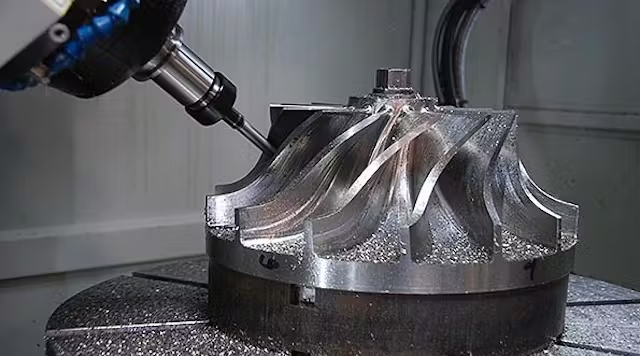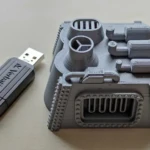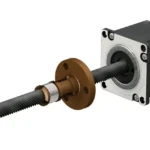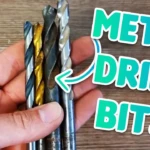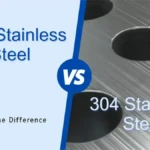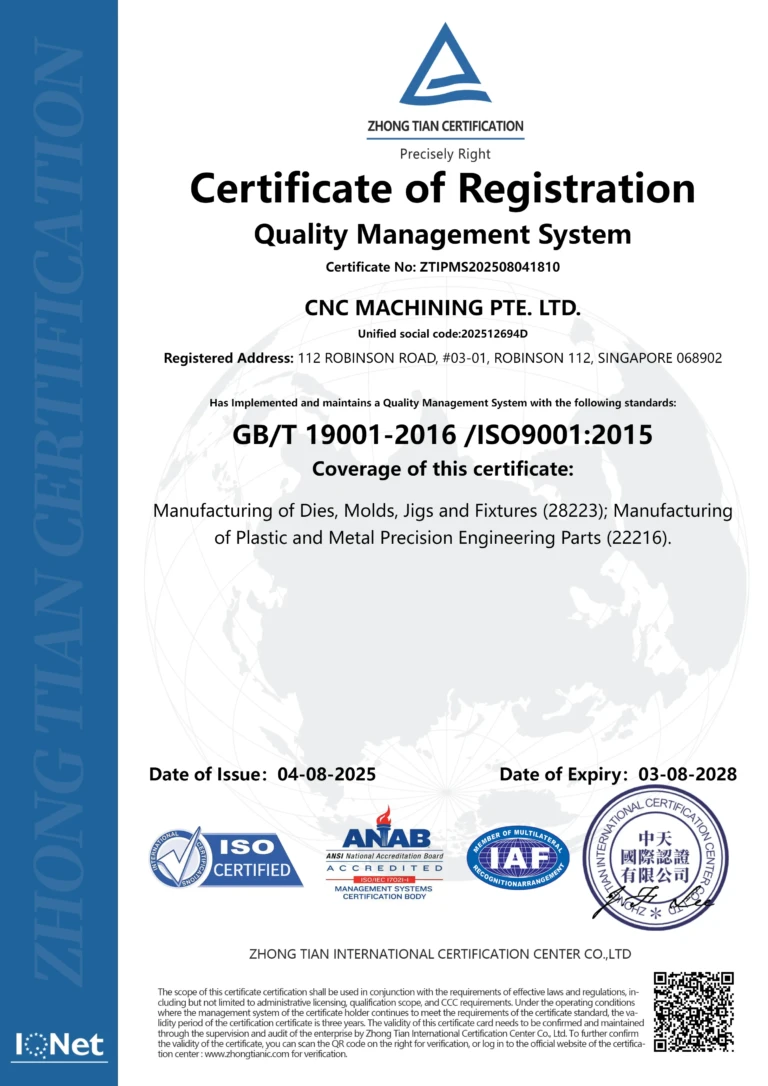Decode CNC processing costs: what you really pay per hour
Understanding the cost structure of CNC machining is crucial when budgeting for precise parts. Many customers only focus on machine rates per hour, but this number tells only part of the story. As a professional five-axis CNC machining manufacturer, Gregmight can uncover the mystery of these costs here and explain how advanced technology actually drives it value and efficiency For your project. Let’s analyze what CNC machining hourly rates are and why we invest in expertise.
What exactly does the hourly rate include?
Hourly rates for CNC processing (usually from $50 to $200+) is not arbitrary. It encapsulates tangible and operating expenses:
-
Machine depreciation and investment recovery:
Five-axis CNC machines represent a significant capital investment (usually $500,000+). While computing technology is outdated, the hourly rate factor of restoring this cost over the life of the computer.
-
Energy Consumption:
High-precision machining requires substantial strength. The spindles, coolant systems and automation tools continuously consume power during operation, which particularly contributes to operating costs.
-
Workout wear and replacement:
Cutting tools (end mills, drills, inserts) degrade as they are used. Harder materials such as titanium or inconel accelerate wear. Hour rate absorption maintains sharpness, the best tool to maintain consistent quality costs.
-
Cutting liquids and lubricants:
Dedicated coolants and lubricants are critical for temperature control, chip evacuation, tool life and surface finish. These fluids need to be regularly replenished and filtered.
-
Preventive maintenance and calibration:
Ensuring submicron accuracy requires strict planned maintenance. This includes spindle calibration, ball screw lubrication, shaft alignment checking and software updates – which is essential to avoid expensive downtime and scrap parts.
- Floor space and utilities:
Operate a climate controlled, well-lit facility with stable power and compressed air, forming a bundled elevated stand.
Why does five-axis machining change the efficiency equation
While the basic hourly rate of a five-axis machine may be higher than that of a three-axis, its functionality usually results in Lower total project cost:
- Reduce the setting time: Complex parts that require multiple angles can be machined in a single setup. This cuts down on labor, the cost of fixed expenses, and potential mistakes in repositioning.
- Faster processing speed: Simultaneous 5-axis movement can make more aggressive tool paths and optimized cutting angles, potentially reducing machining time.
- Excellent finish and accuracy: Less setup means less processing, reduces tolerance stack risk and minimizes secondary completion requirements.
- Complex geometric capabilities: Parts that were previously unmanufactured or required to be expensive assembled can make the whole feasible, saving overall production time and cost.
Over the hourly rate: The key factor affecting the cost of the final project
Your final invoice is the sum of multiple variables that interact with the machine hour rate:
- Part design complexity: Complex geometric shapes with tight tolerances (±0.001″/0.025mm), deep bags, thin walls or complex contours require slower speeds, professional tools and more nuanced programming/verification. This increases machine time.
- Material selection: Material costs vary widely (e.g., aluminum vs. aerospace titanium). Processability is also important: hard alloys require slower feed/speed, more frequent tool changes, and higher cutting tools, increasing time and cost of consumption.
- Production: Small batches have higher results "Hour" The cost of each part is due to programming and setup overhead. The economies of scale greatly reduce the cost of each part in their larger operation.
- Programming and Cam Time: Complex parts require sophisticated cam programming and simulation, which is the skilled labor cost that the machine even begins before it begins.
- Fixed requirements: Custom fixtures Used to custom fixtures that hold complex or exquisite workpieces add costs. Five-axis functions usually reduce this need.
- Post-processing: Burrs, heat treatment (annealing, hardening), anodizing, electroplating, painting or precision polishing adds individual costs.
- Quality Control: Metering time (CMM inspection, surface roughness testing) and required certification (AS9100, ISO) ensure quality but adds to the cost.
- Urgentity: Accelerating turnover often results in premium pricing.
GRESTHERMENG: Your partner’s cost-effective five-axis machining
At Greatlight, we use advanced five-axis machining centers and deep manufacturing expertise to optimization The cost structure of your project:
- Technical Proficiency: Our engineers specialize in designing effective tool paths and utilize simultaneous 5-axis motion to improve speed and accuracy of complex metal parts.
- Material flexibility: We have skillfully processed a variety of metals (aluminum, steel, stainless steel, titanium, brass, copper, inconel) and plastics.
- Integration post-processing: Our comprehensive one-stop service – from CNC machining to heat treatment, precise finishes and coatings – simplifies supply chains and reduces marking overhead.
- Manufacturing Design (DFM): We proactively review your design to suggest optimized features to minimize processing time and cost without compromising features.
- Value through efficiency: While our exquisite 5-axis equipment requires a significant investment, its ability to complete complex parts faster and more accurately usually leads to lower Total cost per mass part Compared with multi-step traditional approach.
Conclusion: More than hours – Value
Focusing on the hourly rate of the lowest quotes can be the wrong economy. The real value in CNC machining comes from minimizing expertise Total production time Design through advanced technology and intelligent process. Five-axis machining, especially in the case of partners like Greatlime, is an example. By consolidating operations, improving accuracy and efficient use of materials, it translates upfront costs into long-term savings and excellent performance.
Ready to experience precise efficiency? Contact Greatlight today for a competitive offer about your custom metal section. Let our five-axis expertise simplify your manufacturing industry and deliver extraordinary value. [Customize Your Precision Parts Now!]
FAQ: CNC processing hourly fee
-
Why does my quote seem to be high per hour?
Hourly expenses reflect not only machine operations, but also capital recovery of expensive equipment, tool wear, trained staff, maintenance, energy, facility costs, and manufacturer’s expertise. one "Low" Rates may indicate functional impairment or later hidden costs.
-
Can a lower hourly rate guarantee a reduction in total project costs?
not necessarily. Lower rates may mean that less functional machines require more setup/longer cycle times, less efficient programming or cheaper tools, resulting in more frequent breaks/scrap. Although the price may be higher, the total part cost (including time and waste risk) will usually be lower in a technically skilled store.
-
Is 5-axis machining of complex parts faster than 3-axis?
The difference can be dramatic – usually 50-80% shortened. Eliminating multiple settings on complex contours or composite angles saves hours. Simultaneous movement allows for optimal tool orientation to remove materials and smoother finishes faster.
-
How to reduce CNC processing costs?
Focus on:
- DFM: Simplify geometry, combine features, and easily tolerance where possible.
- Material selection: Use easy-to-process results where feasible.
- volume: Larger quantity extends setup/programming costs.
- clear: Detailed, accurate model/drawings are provided to avoid delays.
- Work with experts: Experience with Shop DFM from the start.
-
Does Greatlight mainly deal with mass production?
No! While large volumes benefit from economies of scale, Greatlight excels at 5-axis efficiency in prototyping and low-to-medium volume generation of highly complex parts. We offer cost-effective solutions, regardless of quantity.
-
What post-processing services can be provided well?
We offer one-stop service: precision machining, heat treatment, surface finishes (burrs, grinding, polishing), protective coatings (anodized, plating, painting) and comprehensive quality inspection (CMM, surface analysis).
- How to determine the shipping cost and include it in the quote?
Transportation is usually calculated separately based on part size/weight, packaging requirements, destination and speed. Your official quote will include shipping estimate failures or be listed separately as required. Select Merge Parts/Projects to reduce transportation frequency.
